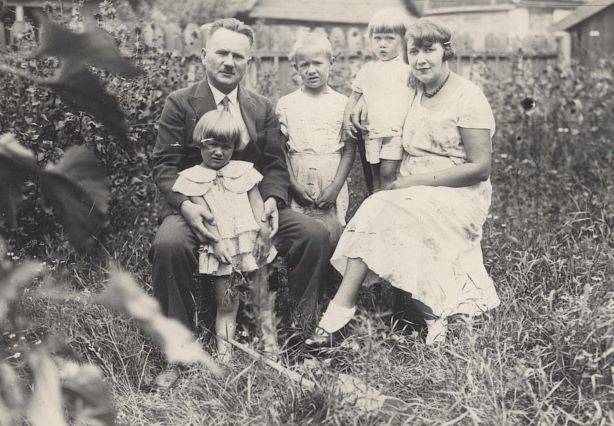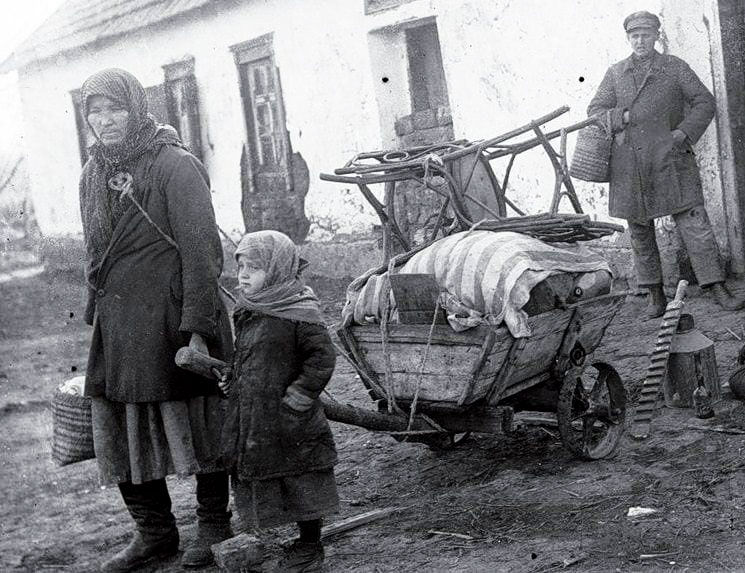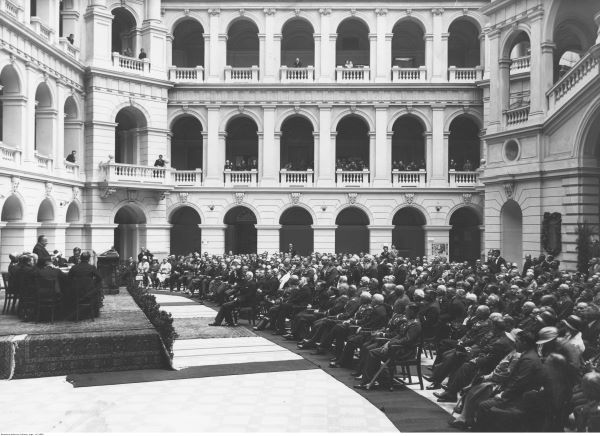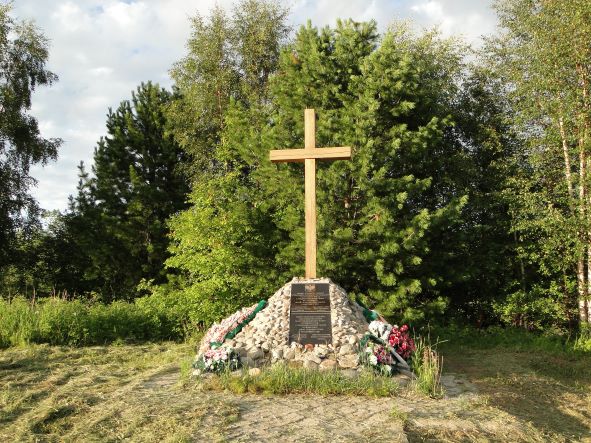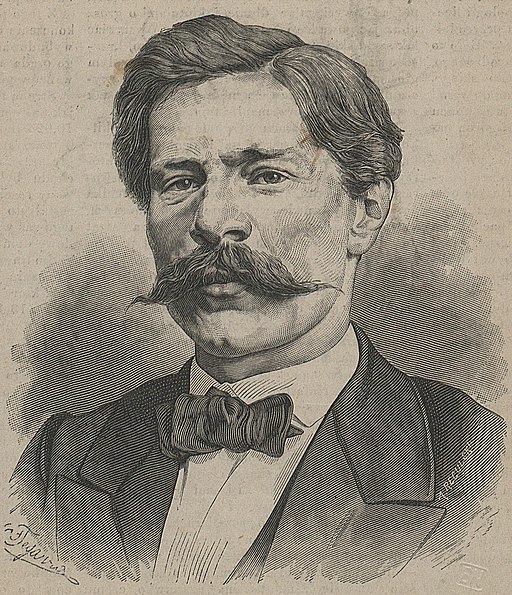On the morning of 13 April 1940, NKVD soldiers came banging against the doors of the homes of more than 60,000 residents of eastern Poland. They ordered them to pack quickly and loaded them into cattle wagons.
On 30 January 1930, the Politburo of the Central Committee of the All-Union Communist Party (Bolsheviks) decided to launch the largest resettlement operation in the entire history of the Soviet Union, still referred to today as the 'kulak deportation'.
On 4 July 1928, the founding congress of the Sybiraks' Association was held at the Warsaw University of Technology.
On the night of 6 to 7 July (24/25 June old style) 1866, 5,000 kilometres east of their homeland, a group of January insurgents sent to Baikal for penal labour stirred up a rebellion, disarmed their guards and tried to forge an escape route to Mongolia.
On 12 February 1833, Aleksander Czekanowski was born in Krzemieniec in Volhynia. He trained as a geologist, but was not given the freedom to pursue his career as he was sent to Siberia at the age of 30 for taking part in the January Uprising.




